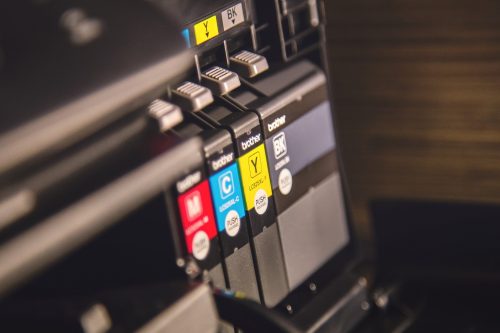 A recent article discusses the latest breakthroughs in using inkjet printers for new purposes.
A recent article discusses the latest breakthroughs in using inkjet printers for new purposes.
An inkjet printer could be every bit as innovative as 3D printing for certain tasks, according to an article in The Week.
Erin Blakemore discusses scientists’ recent use of inkjet printers to print flexible computer chips, and suggests it won’t be long before anyone with “a new printer cartridge and a special piece of foil” is capable of doing the same.
In the article, Blakemore gives the example of Bernhard Huber, a doctoral student at the Laboratory for Microsystems Technology at Munich University of Applied Sciences. Whereas printing microchips was previously only available to those with complex facilities and the latest in lithography technology, Huber is developing a solution allowing people to print low-performance electronic circuits from their home printer.
Huber and his colleagues realised that for less memory-intensive chips, like that on a credit or debit card, an inkjet printer works suitably well. When fitted with a cartridge filled with special electronically conductive inks, an ordinary printer can print onto a flexible piece of foil to create a chip, without the need for an expensive production facility or materials.
The article also details a further computing advance from Huber and team, reRAM: A new type of memory combining long-term storage ability with the random-access memory computers use to process information. Previously, these functions were performed by two separate chips, but reRAM combines both into a single type of memory, and can be simply printed in a similar way to Huber’s aforementioned breakthrough.
As Blakemore says, “the era of personalized, printable electronics might just be upon us — as long as you don’t ditch your old-school inkjet in your pursuit of the latest in whiz-bang gadgetry.”
To read the article in full, click here.
